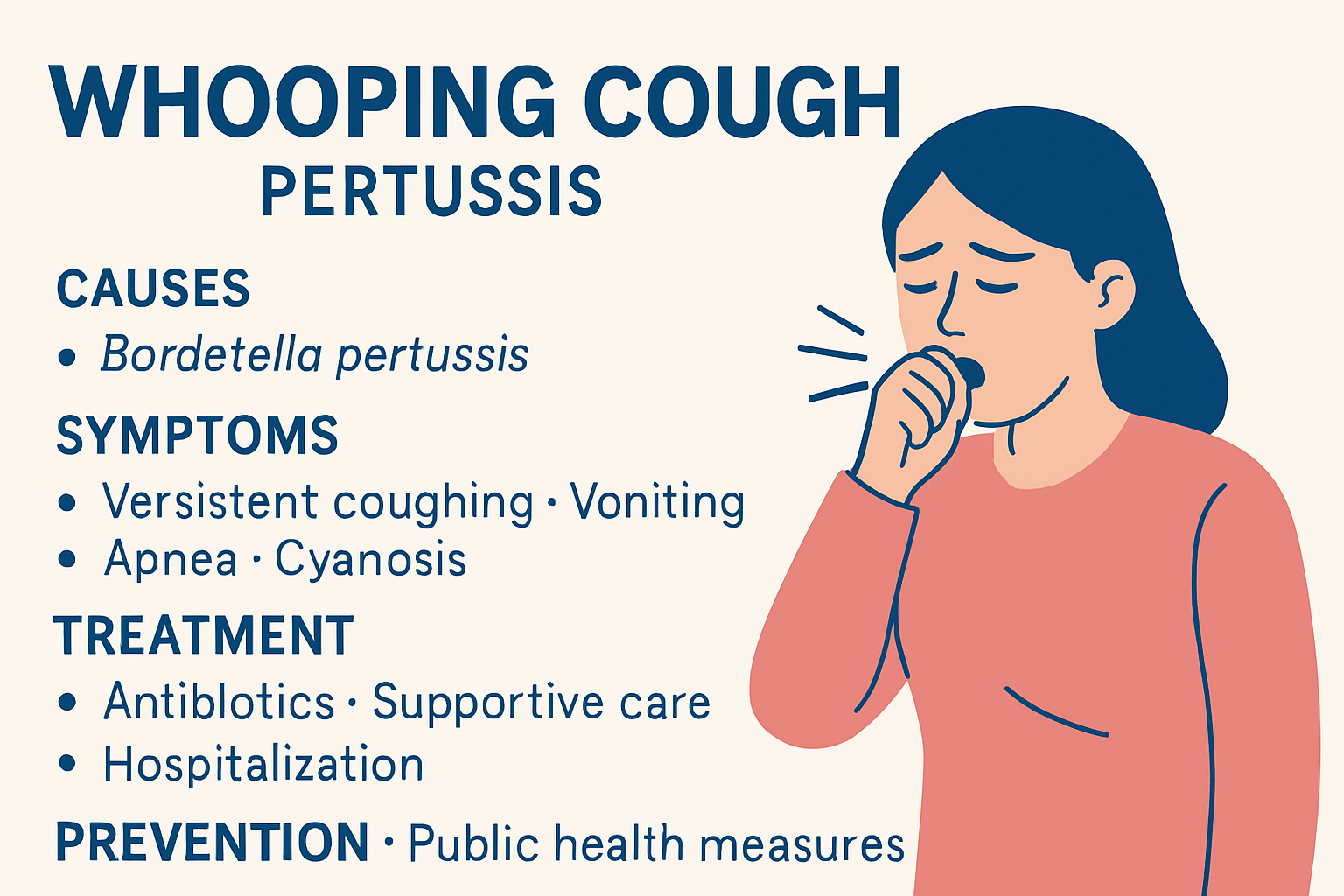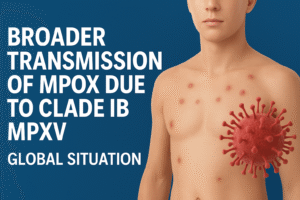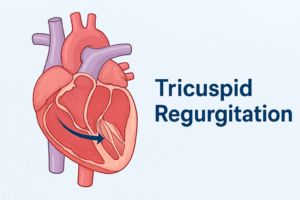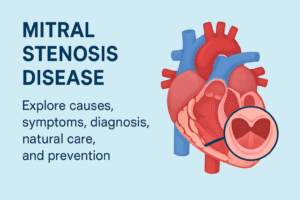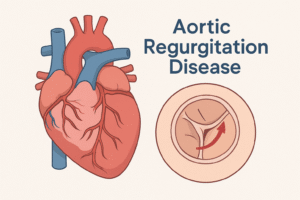Whooping cough, or Pertussis, is a vaccine-preventable yet persistent respiratory infection that continues to challenge global health systems. Caused by the bacterium Bordetella pertussis, the disease is marked by intense coughing fits followed by the signature “whoop” sound during inhalation.
Although vaccination programs have significantly reduced mortality, pertussis still accounts for millions of cases and thousands of deaths annually, particularly among infants and unvaccinated populations. This article provides a comprehensive overview of whooping cough, including its causes, symptoms, stages, prevention strategies, treatment approaches, and global burden, supported by WHO and CDC research.
Understanding Whooping Cough
Pertussis is an acute bacterial infection of the respiratory tract. Unlike common respiratory illnesses, it is highly contagious and can persist for weeks to months, often called the “100-day cough.”
- Most affected group: Infants under six months who are too young for vaccination
- Transmission: Primarily through respiratory droplets from coughing or sneezing
- Global concern: Outbreaks occur even in countries with high vaccination coverage due to waning immunity
Causative Agent and Mode of Transmission
- Pathogen: Bordetella pertussis
- Transmission: Person-to-person via airborne droplets
- Infectious period: Most contagious during the early stage (before severe coughing begins)
- High-risk groups: Unvaccinated children, pregnant women, and immunocompromised individuals
Clinical Progression of Pertussis
Whooping cough develops in three distinct stages:
1. Catarrhal Stage (1–2 weeks)
- Runny nose, sneezing, mild cough, low-grade fever
- Often mistaken for a common cold
- Patient is most infectious during this stage
2. Paroxysmal Stage (1–6 weeks, sometimes longer)
- Severe, repetitive coughing fits
- High-pitched “whoop” sound during inhalation
- Vomiting after coughing, leading to weight loss and exhaustion
- Symptoms worse at night
3. Convalescent Stage (2–3 weeks or longer)
- Gradual reduction in cough intensity
- Recovery may be slow, and cough can reappear with new respiratory infections
Symptoms of Whooping Cough
Key clinical symptoms include:
- Persistent, uncontrollable coughing
- Distinctive “whoop” sound on inhalation
- Vomiting after coughing
- Fatigue and breathlessness
- Apnea (pauses in breathing, especially in infants)
- Cyanosis (bluish skin due to oxygen deprivation)
Complications of Pertussis
Infants and vulnerable populations are at risk of severe complications, such as:
- Pneumonia – leading cause of pertussis-related mortality
- Seizures and encephalopathy due to oxygen deprivation
- Dehydration and malnutrition from vomiting
- Brain damage in severe cases
- Death, particularly among infants under six months
Diagnosis of Whooping Cough
Accurate diagnosis requires a combination of clinical evaluation and laboratory testing:
- Physical examination – noting cough patterns and breathing difficulty
- Nasopharyngeal swab/culture – gold standard for bacterial confirmation
- PCR testing – rapid and sensitive detection method
- Blood tests – checking white blood cell count
- Chest X-ray – to detect pneumonia or complications
Medical Management and Treatment
The main goals of treatment are to reduce transmission, relieve symptoms, and prevent complications.
- Antibiotics: Macrolides (azithromycin, clarithromycin, erythromycin) are most effective when administered early
- Hospitalization: Recommended for infants and severe cases requiring oxygen or IV fluids
- Supportive therapy: Oxygen support, hydration, rest, and careful monitoring
Supportive and Lifestyle Measures
In addition to medical care, supportive measures can ease recovery:
- Adequate hydration – warm fluids, soups, and water
- Humidified air – helps reduce throat irritation
- Rest – strengthens immune response
- Avoiding smoke and strong odors – prevents worsening of cough
⚠ Note: Infants and vulnerable patients should never rely solely on home remedies; professional medical care is essential.
Prevention of Whooping Cough
1. Vaccination
Vaccination remains the most effective prevention strategy:
- DTaP vaccine – given to infants and young children in a five-dose schedule
- Tdap booster – recommended for adolescents and adults
- Maternal immunization – pregnant women should receive the Tdap vaccine during the third trimester to protect newborns
2. Public Health Measures
- Practicing proper cough etiquette (covering mouth and nose)
- Hand hygiene to reduce spread
- Isolating infected individuals until no longer contagious
Nutrition and Recovery Support
Diet plays a supportive role in recovery from pertussis:
- Vitamin C-rich foods: Oranges, guava, kiwi
- Protein sources: Eggs, lean meats, legumes
- Immune-boosting vegetables: Broccoli, spinach, carrots
- Avoid: Processed foods, sugary snacks, and cold beverages
Global Burden and Epidemiology
Despite medical advances, pertussis remains a major global health challenge:
- According to WHO, over 24 million cases occur annually worldwide
- An estimated 160,000 deaths are reported each year, mostly among children under one year
- Both developed and developing nations face outbreaks due to waning immunity and incomplete vaccine coverage
Public health experts emphasize the importance of booster vaccination programs to sustain immunity.
Frequently Asked Questions (FAQs)
Q1: Can adults get pertussis?
Yes. Adults with waning immunity can contract and spread the disease, often unknowingly.
Q2: How long does whooping cough last?
Typically 6–12 weeks, but coughing may persist longer.
Q3: How effective are vaccines?
DTaP and Tdap vaccines are 80–90% effective, though booster doses are required to maintain protection.
Q4: Why is pertussis so dangerous in infants?
Infants are prone to apnea, pneumonia, seizures, and death because their immune systems are underdeveloped.
Q5: Can whooping cough recur after recovery?
Yes. Immunity from infection or vaccination declines over time, so reinfection is possible.
Conclusion
Whooping cough is more than a childhood illness—it is a global health concern that continues to cause serious illness and death, particularly in infants. Early diagnosis, appropriate treatment, and strong vaccination programs are critical to control its spread.
As global health agencies highlight, prevention through vaccination and booster doses remains the cornerstone of pertussis control. Public awareness, timely medical care, and proper nutrition further support recovery and reduce complications.
References –
- World Health Organization (WHO) – Pertussis (Whooping Cough) Overview
https://www.who.int/health-topics/pertussis - Centers for Disease Control and Prevention (CDC) – Pertussis (Whooping Cough)
https://www.cdc.gov/pertussis/index.html - CDC – Pertussis Vaccination Recommendations
https://www.cdc.gov/pertussis/hcp/vaccine-recommendations/index.html - CDC – Pertussis Outbreaks and Trends
https://www.cdc.gov/pertussis/outbreaks/index.html - Bordetella pertussis – Wikipedia (Pathogen Details)
https://en.wikipedia.org/wiki/Bordetella_pertussis - CDC – Child & Adolescent Immunization Schedule (2025)
https://www.cdc.gov/vaccines/hcp/imz-schedules/child-adolescent-age.html
Read our article on Alzheimer’s Disease – https://newsarmour.com/alzheimers-disease-causes-stages-prevention/

